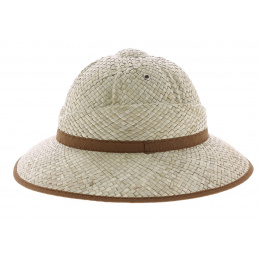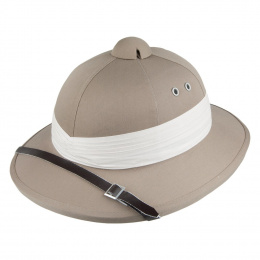

Rigid cork headwear covered in canvas designed to protect your head from the sun and your face as well as from heat.
Towards the end of the European colonial era (first half of the 20th century), it became the symbolic headwear of the occupier, as only Europeans wore it. It could be worn by men, women, and children alike. Even missionaries used it. The colonial helmet reappears in certain fashion collections; for example: Nina Ricci's colonial helmet in 1994 made of Ostrich leather, as well as Stetson with its straw colonial helmet.
The first French army colonial helmets were generally covered in white or ecru canvas. The latter dates from 1878; their tall shape gave them the name "sugar loaf". From there, some Southeast Asian armies adopted the European colonial helmet (the bodai in Vietnam and the gun knock in Thailand). The English helmet, as its name suggests, was worn by English troops, the tommies, as well as Commonwealth forces during both world wars. This model is quite pointed with small lowered brims all around.

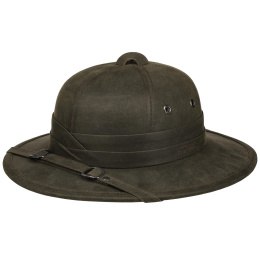
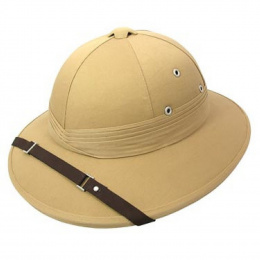
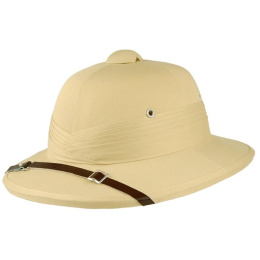
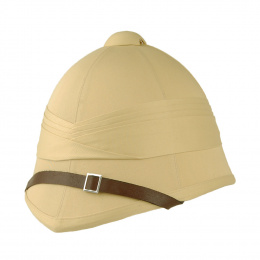

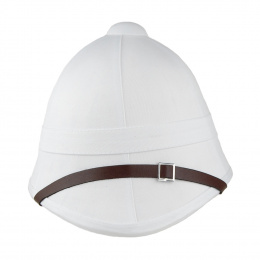
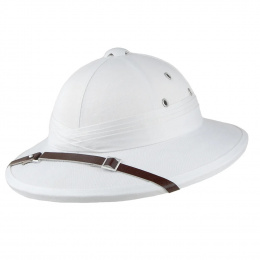
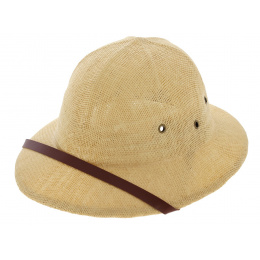
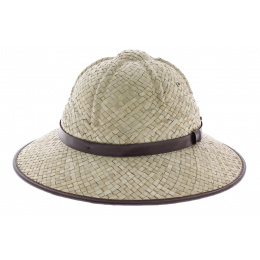
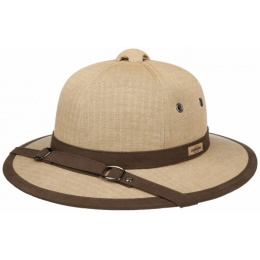

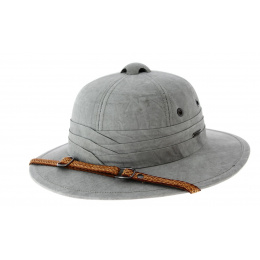
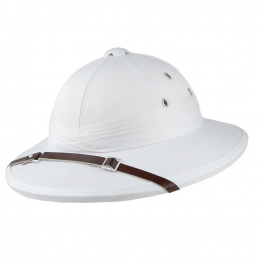
We give you all the advice to choose the right material for your beanie and create a perfect look!
These colonial helmets are authentic; they are made from the marrow of certain trees or cork.
Beware, these chef's covers are sturdy, light and waterproof but do not fold, they are perfect for any outdoor adventure.
The classic colonial hat is therefore composed of: marrow or cork from certain trees that have allowed the development of its shape and be resistant and offer excellent protection and comfort against the sun while being very light.
Moreover, the absorbent properties of this natural material offered the wearer of this headgear the possibility to soak his colonial helmet in water and keep his head cool during evaporation.
Once dry, the colonial helmet regains its original rigidity and shape. It is for all these reasons that the colonial helmet is and will remain an excellent choice for outdoor outings.
La Chapellerie Traclet has several colonial helmets; the company delivers in France as well as all over the world.




